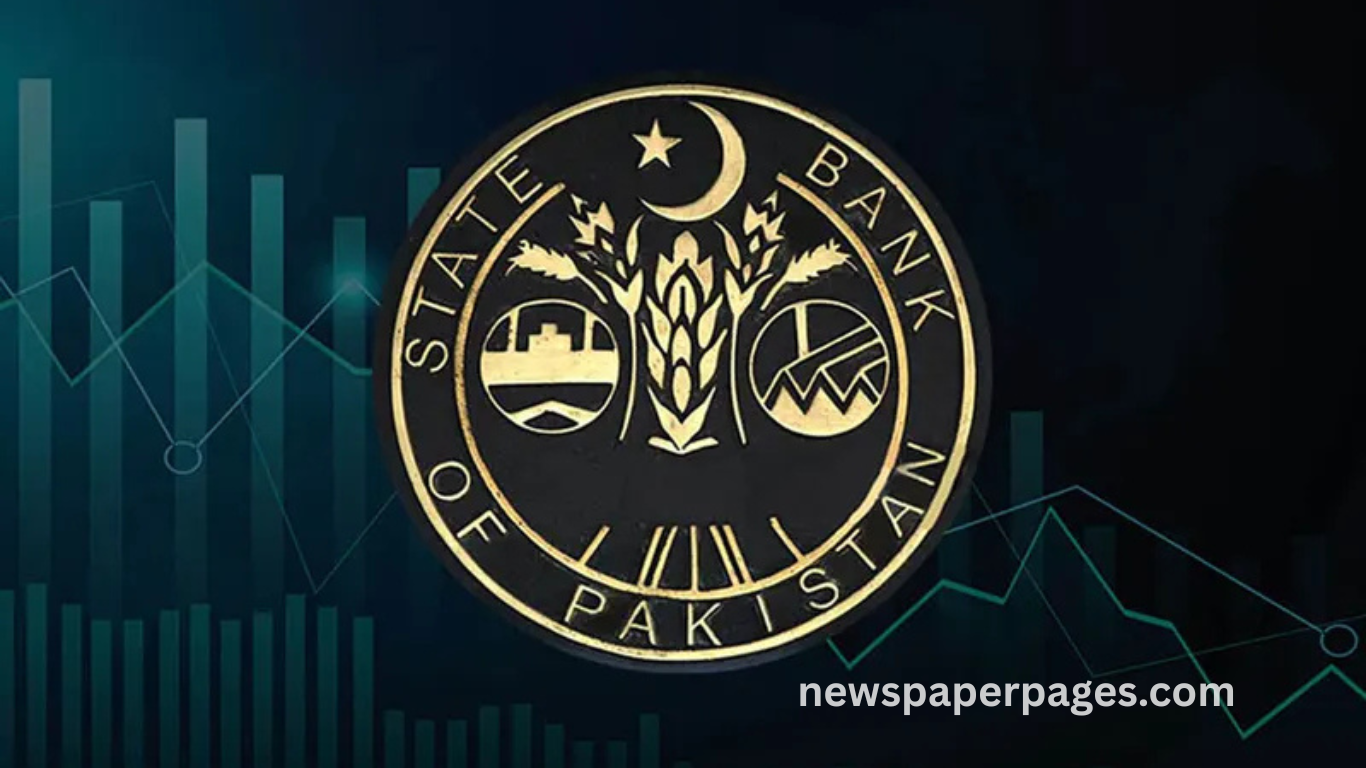In a surprising move that has sent ripples through financial markets, the State Bank of Pakistan (SBP) has announced a significant reduction in its benchmark interest rate, lowering it to 11%. This development marks a sharp pivot in the central bank’s monetary policy stance and has surpassed the expectations of market analysts, many of whom anticipated a more modest cut.
The central bank cited easing inflationary pressures and the need to spur economic activity as key drivers behind its decision. This cut reflects a proactive strategy aimed at stimulating investment, boosting business confidence, and promoting economic recovery. As global and domestic economic indicators show signs of improvement, the SBP’s bold move has garnered attention from investors, economists, and policymakers alike. The decision is expected to influence a broad spectrum of sectors, from banking and real estate to manufacturing and exports.
SBP’s Monetary Policy Shift and Its Rationale
The State Bank of Pakistan’s decision to cut the policy rate to 11% signals a shift toward monetary easing after a prolonged period of tightening. The central bank highlighted a sustained decline in inflation and improvement in the external account as factors supporting this shift. The rate cut is designed to stimulate borrowing and investment, making credit more accessible for businesses and consumers.
Market Reactions and Investor Sentiment
Financial markets responded positively to the unexpected rate cut, with the Pakistan Stock Exchange witnessing a sharp uptick in trading volumes and share prices. Bond markets also reflected bullish sentiment as lower interest rates increased bond values. Investor confidence has surged, driven by the belief that the SBP’s decision will boost economic momentum and enhance corporate profitability.
Impact on Inflation and Consumer Prices
Lower interest rates typically help reduce the cost of borrowing, encouraging spending and investment. However, there is always a risk of rising inflation if demand surges too quickly. The SBP’s data suggest inflation is currently under control, allowing for policy relaxation without immediate risk. Nonetheless, inflation trends will remain closely monitored.
Effects on the Banking Sector and Lending Trends
Commercial banks may see a reduction in net interest margins due to lower lending rates, but higher loan volumes could offset this as borrowing becomes cheaper. The banking sector is likely to experience a shift in customer behavior, with increased demand for consumer and corporate loans expected in the coming quarters.
Business and Industry Implications
Industries such as manufacturing, textiles, and construction stand to benefit significantly from the lower cost of capital. Easier access to financing can lead to capacity expansion, job creation, and increased exports. SMEs, in particular, may find the environment more conducive to growth, as the reduced interest burden improves cash flow and profitability.
Real Estate and Housing Sector Outlook
With mortgage rates expected to drop, the real estate and housing sector could experience renewed growth. Lower borrowing costs typically translate to increased property demand, both for residential and commercial spaces. Developers and homebuyers alike may take advantage of the more favorable financing conditions.
Exchange Rate Stability and External Accounts
While rate cuts can exert downward pressure on a currency, the SBP’s move is unlikely to trigger instability in the exchange rate due to improved foreign reserves and current account performance. A stable rupee, coupled with rising exports and remittances, supports the case for sustained monetary easing.
Global Economic Context and Regional Comparisons
The SBP’s policy shift aligns with broader global trends, where many central banks are adopting a more accommodative stance amid slowing growth. Regionally, Pakistan’s rate cut positions it competitively by potentially attracting investment and enhancing export competitiveness compared to neighboring economies with higher interest rates.
Implications for Government Borrowing and Fiscal Policy
Lower interest rates reduce the government’s debt servicing costs, freeing up fiscal space for development spending. This can support infrastructure projects, social programs, and other growth-oriented initiatives. Coordinating fiscal and monetary policy becomes crucial in maximizing the rate cut’s benefits.
Frequently Asked Questions
Why did the SBP lower the interest rate to 11%?
The SBP reduced the rate due to declining inflation and to stimulate economic growth by making borrowing cheaper for businesses and consumers.
How does an interest rate cut affect the economy?
Lower interest rates encourage borrowing and investment, increase consumer spending, and can lead to higher economic growth.
Will this rate cut lead to inflation?
There is a potential risk, but the SBP believes inflation is under control and will continue monitoring closely to avoid overheating.
How will this impact bank loans and deposits?
Loan rates will likely decrease, encouraging more borrowing, while deposit rates may decline, affecting savers’ returns.
What sectors benefit most from lower interest rates?
Industries like manufacturing, real estate, construction, and small businesses often benefit from lower borrowing costs.
How might this affect the Pakistani rupee?
While rate cuts can weaken a currency, firm external reserves and a stable current account may help keep the rupee steady.
Is this interest rate cut permanent?
No, monetary policy is dynamic. The SBP may adjust the rate again based on inflation, growth, and external factors.
How does this compare with interest rates in other countries?
Pakistan’s 11% rate is still relatively high compared to many developed countries but competitive within the regional context.
Conclusion
The SBP’s decision to slash the interest rate to 11% represents a bold step toward economic revitalization. With inflation easing and growth a top priority, this move could unlock investment and job creation. Stakeholders across sectors should stay alert to evolving economic indicators and seize opportunities presented by the changing monetary landscape.

